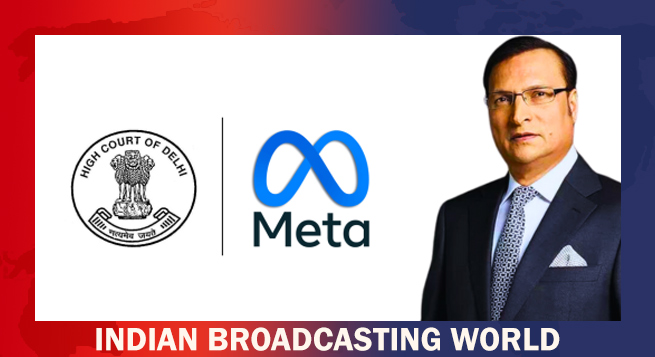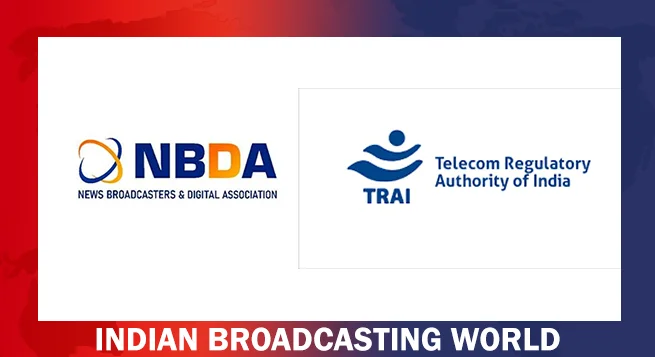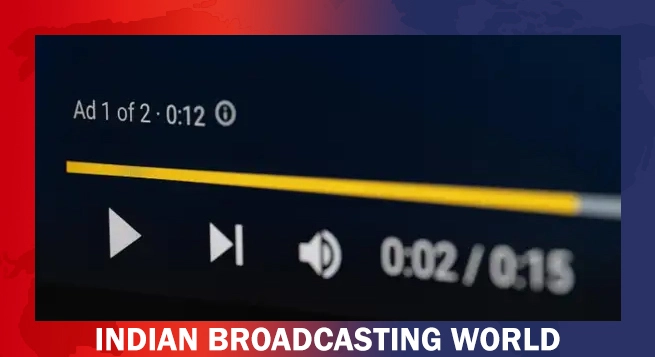Google has reported significant success with its ‘Pause Ads’ pilot on YouTube, introducing ads that appear when viewers pause their content on connected TVs.
Despite positive traction and strong brand lift results, the move has raised concerns about increased ad frequency and potential viewer frustration, The Economic Times reported.
At Alphabet’s latest earnings call, Google’s Philipp Schindler highlighted the positive outcomes of the ‘Pause Ads’ pilot program on YouTube, particularly on connected TVs.
The new ad format, which appears when users pause their organic content, has been praised for driving strong brand lift results and commanding premium pricing from advertisers.
The introduction of ‘Pause Ads’ marks YouTube’s latest effort to monetize its platform, especially as viewership on living room screens continues to rise. However, the move has sparked concerns among viewers about the potential for increased ad frequency and interruption to their viewing experience.
While YouTube has positioned ‘Pause Ads’ as a seamless and non-interruptive way for brands to engage viewers during breaks, some users have expressed frustration at the prospect of additional ads, especially after enduring unskippable pre-roll ads.
To avoid the onslaught of commercial breaks, viewers may opt for YouTube’s Premium ad-free tier, priced at Rs 129 per month. However, this raises questions about access to ad-free content and the impact on viewership for those unwilling to pay for the premium tier.
Despite the success of the pilot program, Google has not provided specifics on when ‘Pause Ads’ will roll out widely. Nonetheless, the move underscores YouTube’s efforts to maximize revenue from TV viewers as consumption patterns continue to evolve.
As YouTube navigates the delicate balance between revenue generation and user satisfaction, the future rollout of ‘Pause Ads’ will likely prompt further debate about the impact of advertising on the viewing experience and the value proposition for viewers.
 Delhi HC orders meta to remove deepfake videos of Rajat Sharma
Delhi HC orders meta to remove deepfake videos of Rajat Sharma  Govt. blocked 18 OTT platforms for obscene content in 2024
Govt. blocked 18 OTT platforms for obscene content in 2024  Broadcasting industry resists inclusion under Telecom Act
Broadcasting industry resists inclusion under Telecom Act  DTH viewing going down & a hybrid ecosystem evolving: Dish TV CEO
DTH viewing going down & a hybrid ecosystem evolving: Dish TV CEO  New adventure of detective Feluda debuts on Hoichoi Dec. 20
New adventure of detective Feluda debuts on Hoichoi Dec. 20  ‘Pushpa 2’ breaks records as most watched film of 2024: BookMyShow Report
‘Pushpa 2’ breaks records as most watched film of 2024: BookMyShow Report  Hungama OTT unveils ‘Pyramid’
Hungama OTT unveils ‘Pyramid’  Amazon MX Player to premiere ‘Party Till I Die’ on Dec 24
Amazon MX Player to premiere ‘Party Till I Die’ on Dec 24  aha Tamil launches ‘aha Find’ initiative with ‘Bioscope’
aha Tamil launches ‘aha Find’ initiative with ‘Bioscope’  Netflix India to stream WWE content starting April 2025
Netflix India to stream WWE content starting April 2025 








